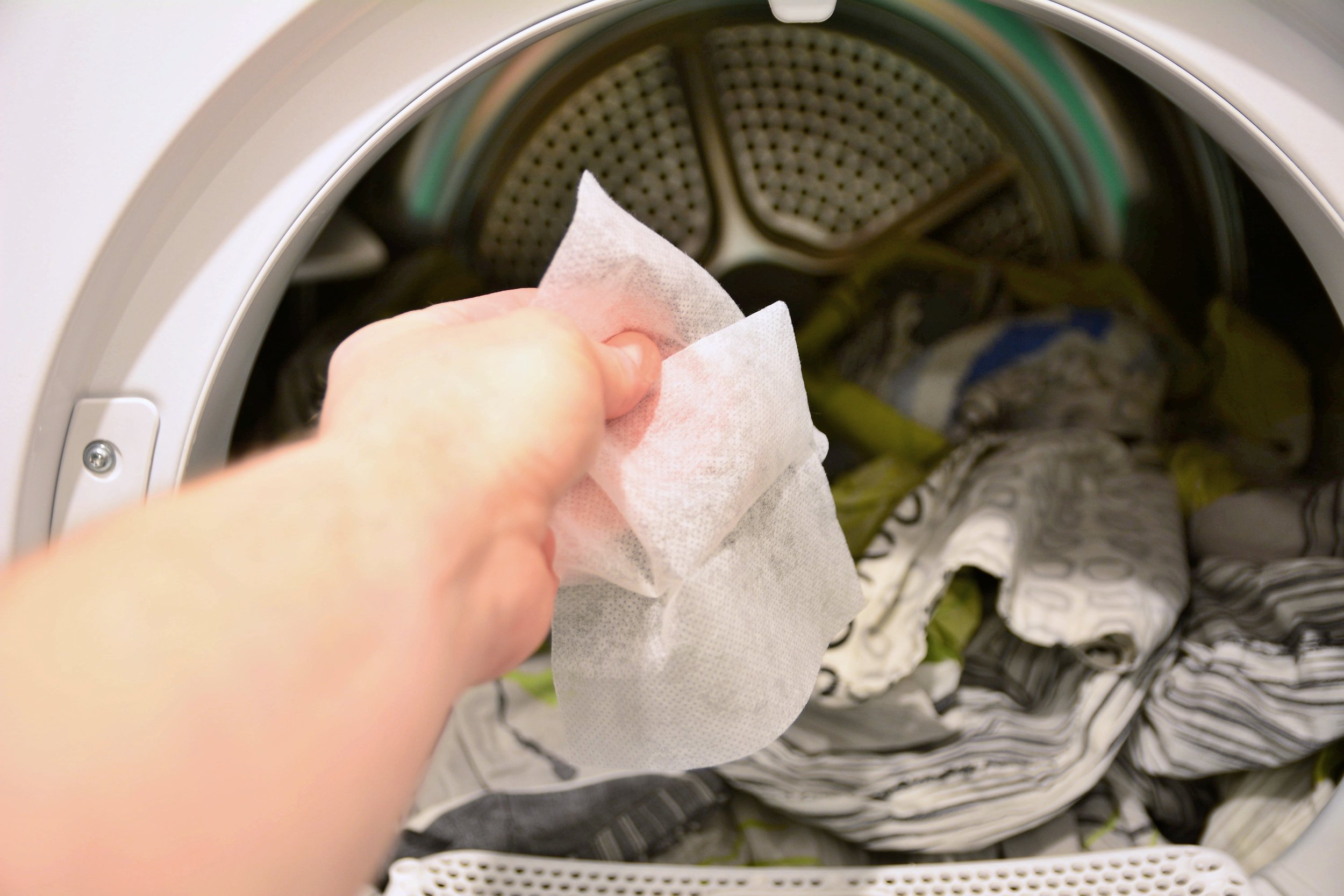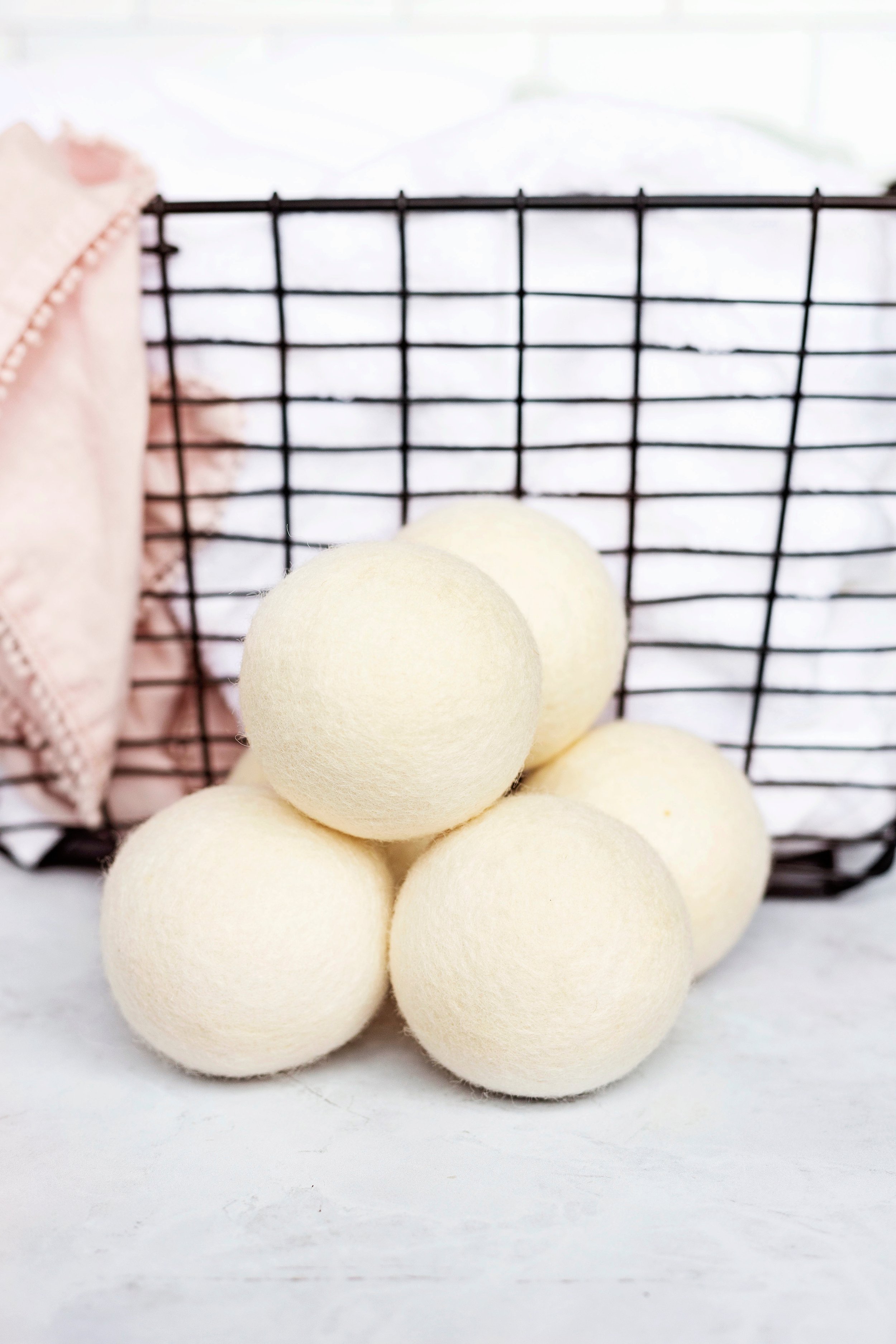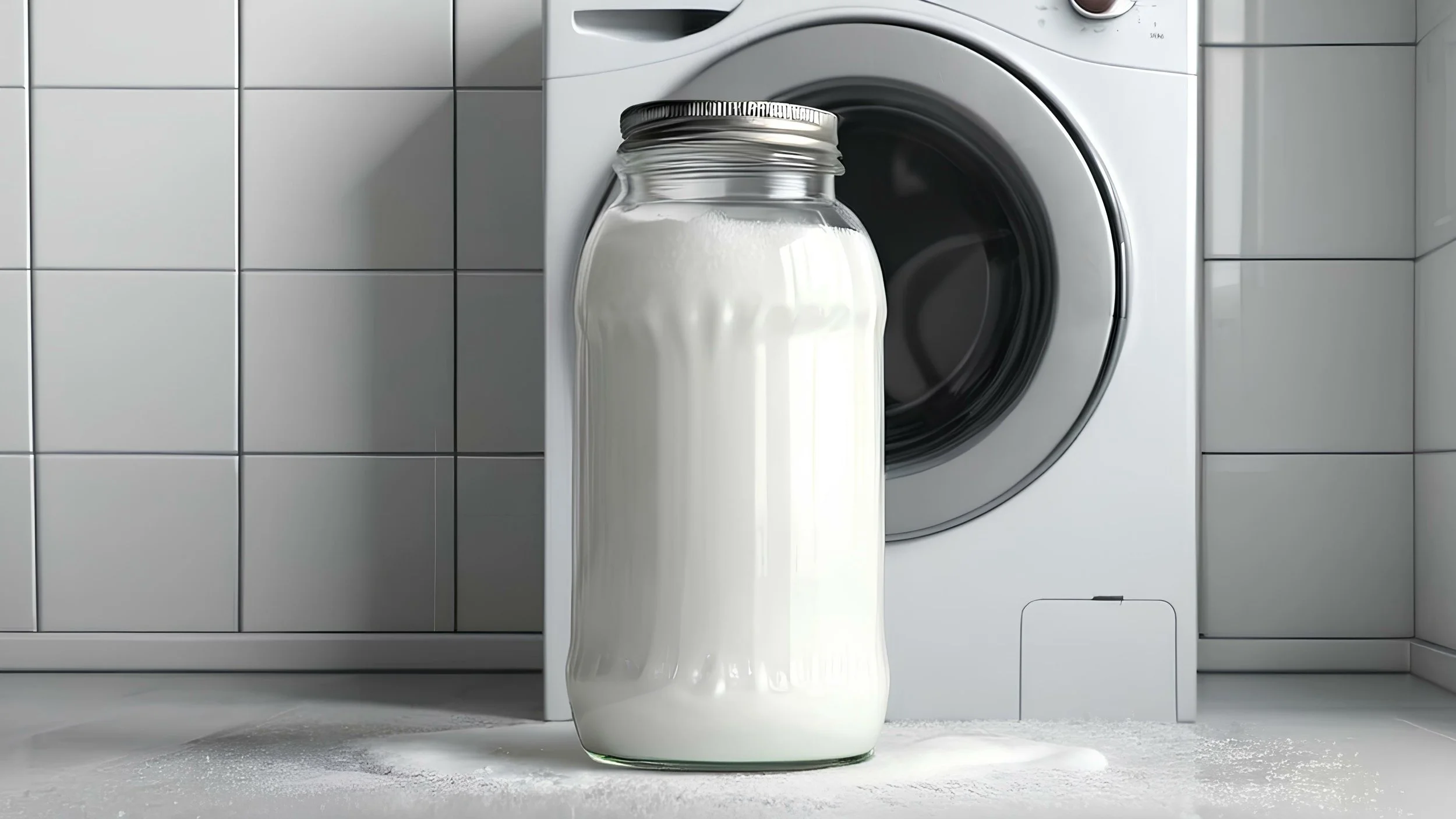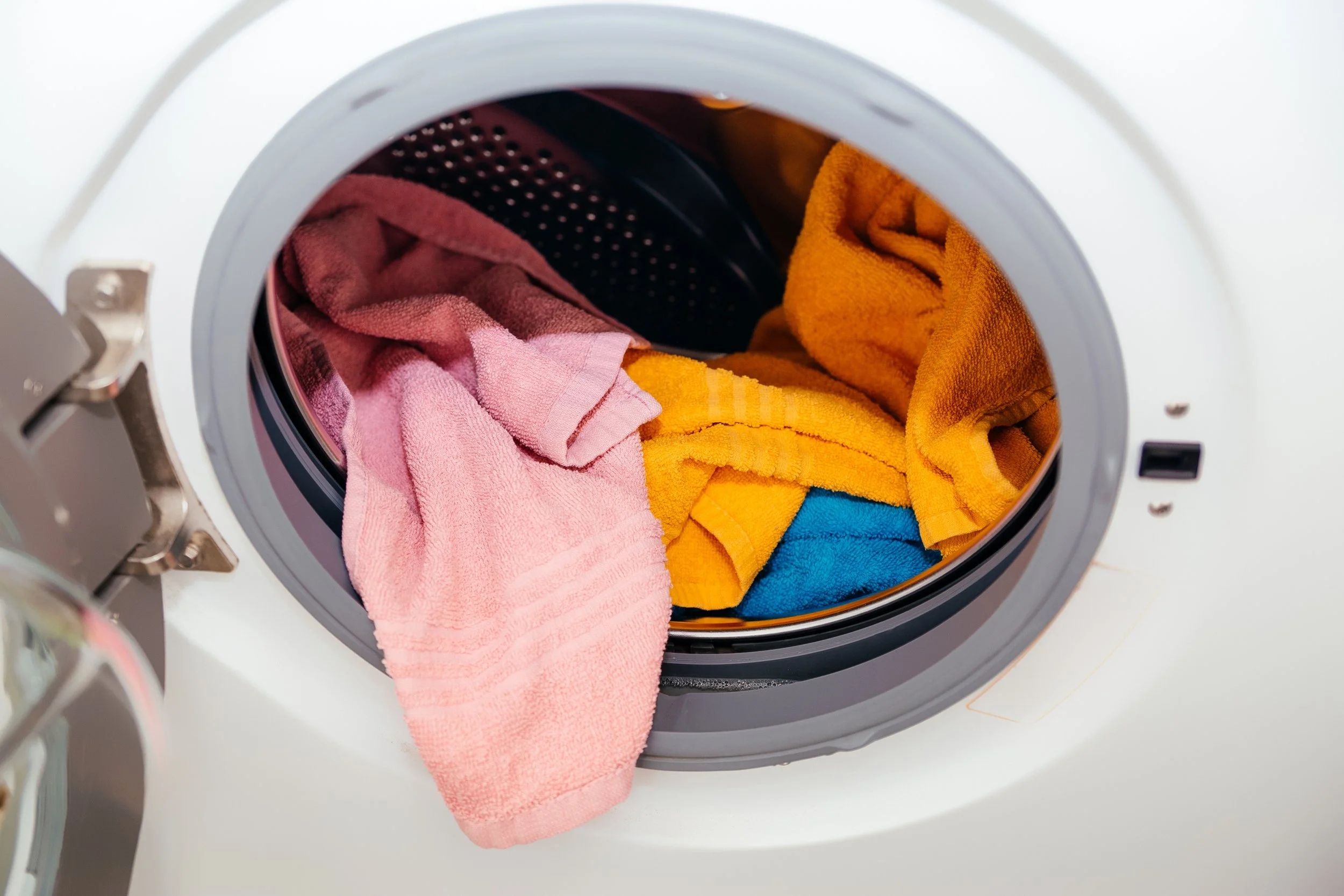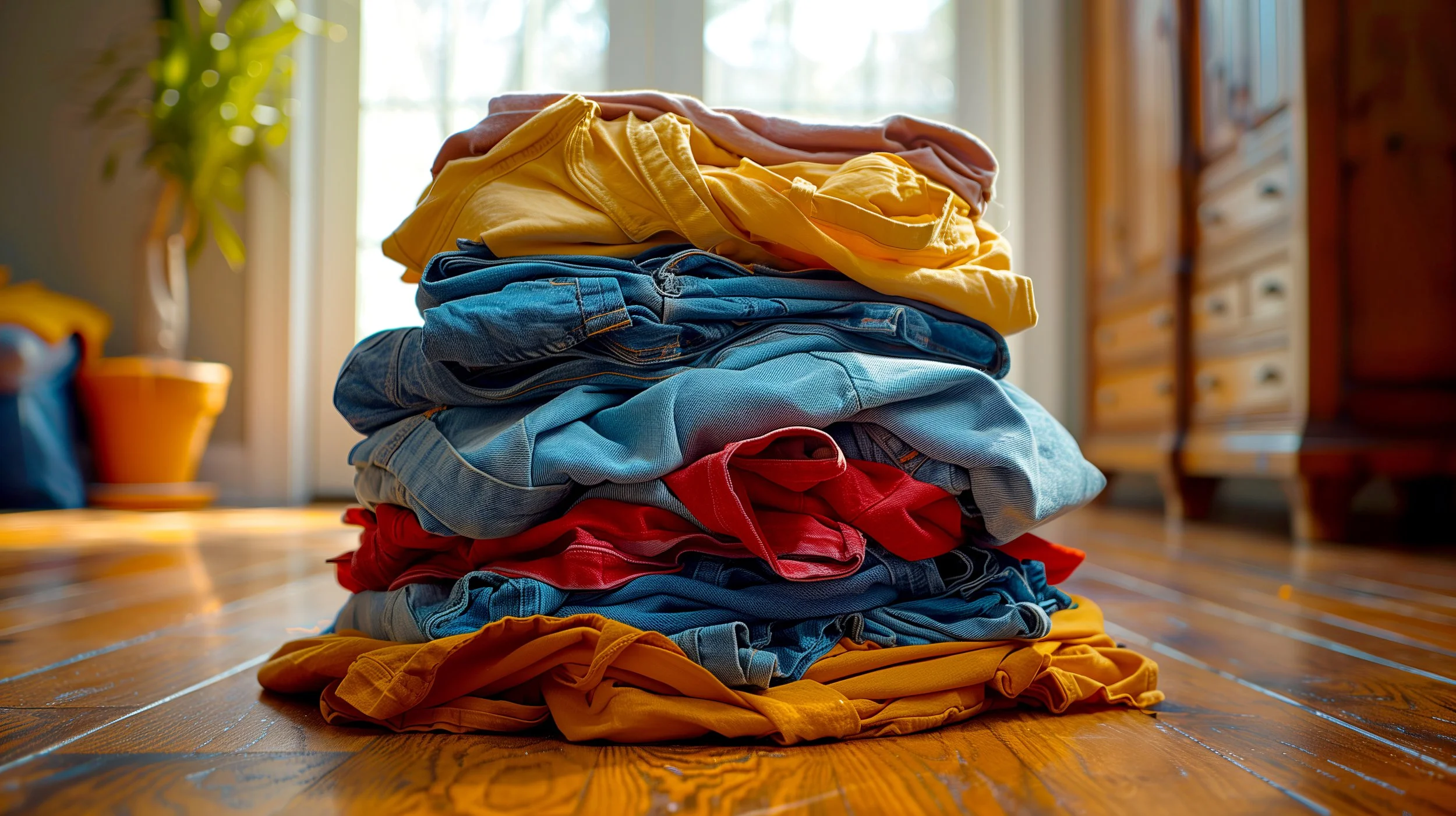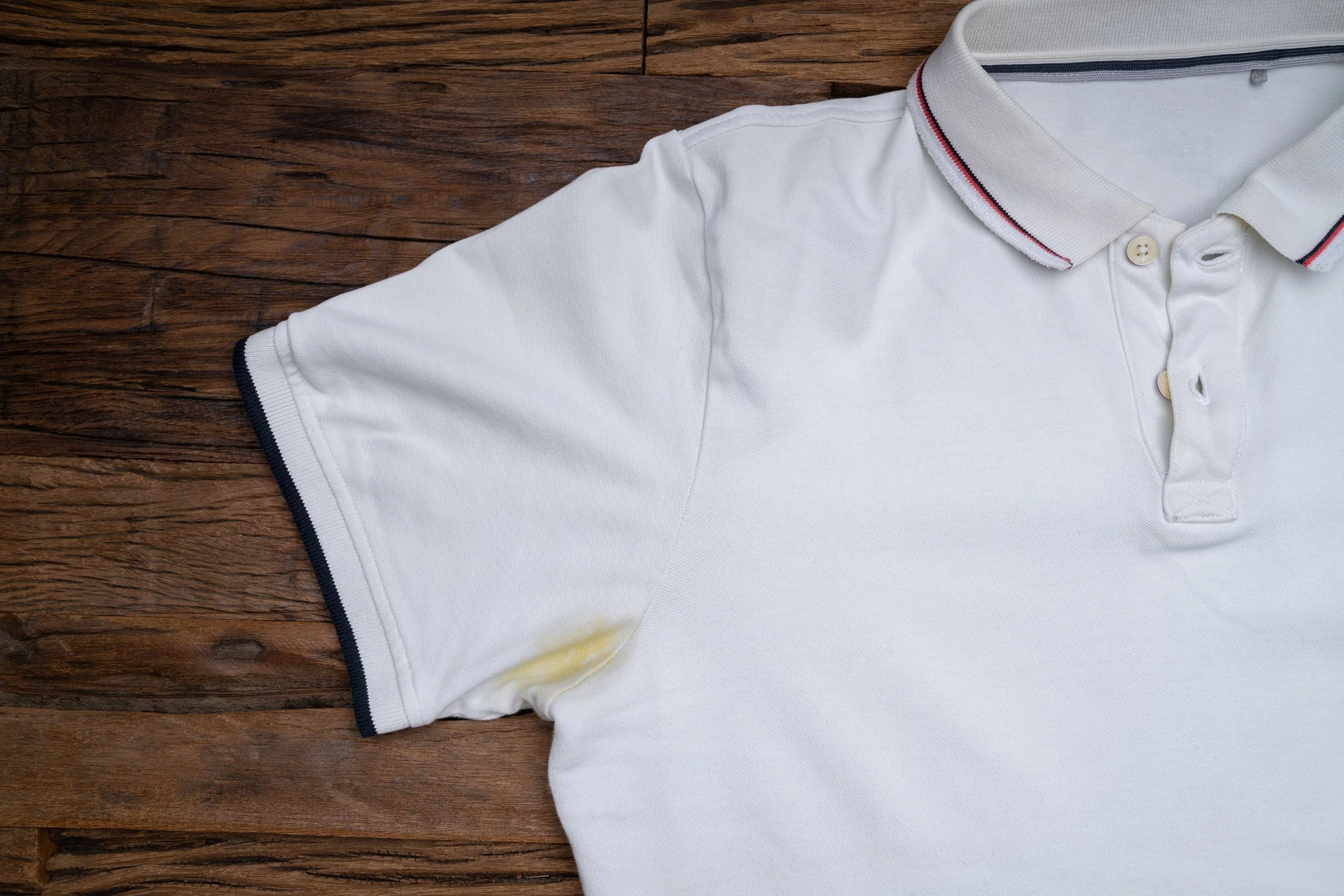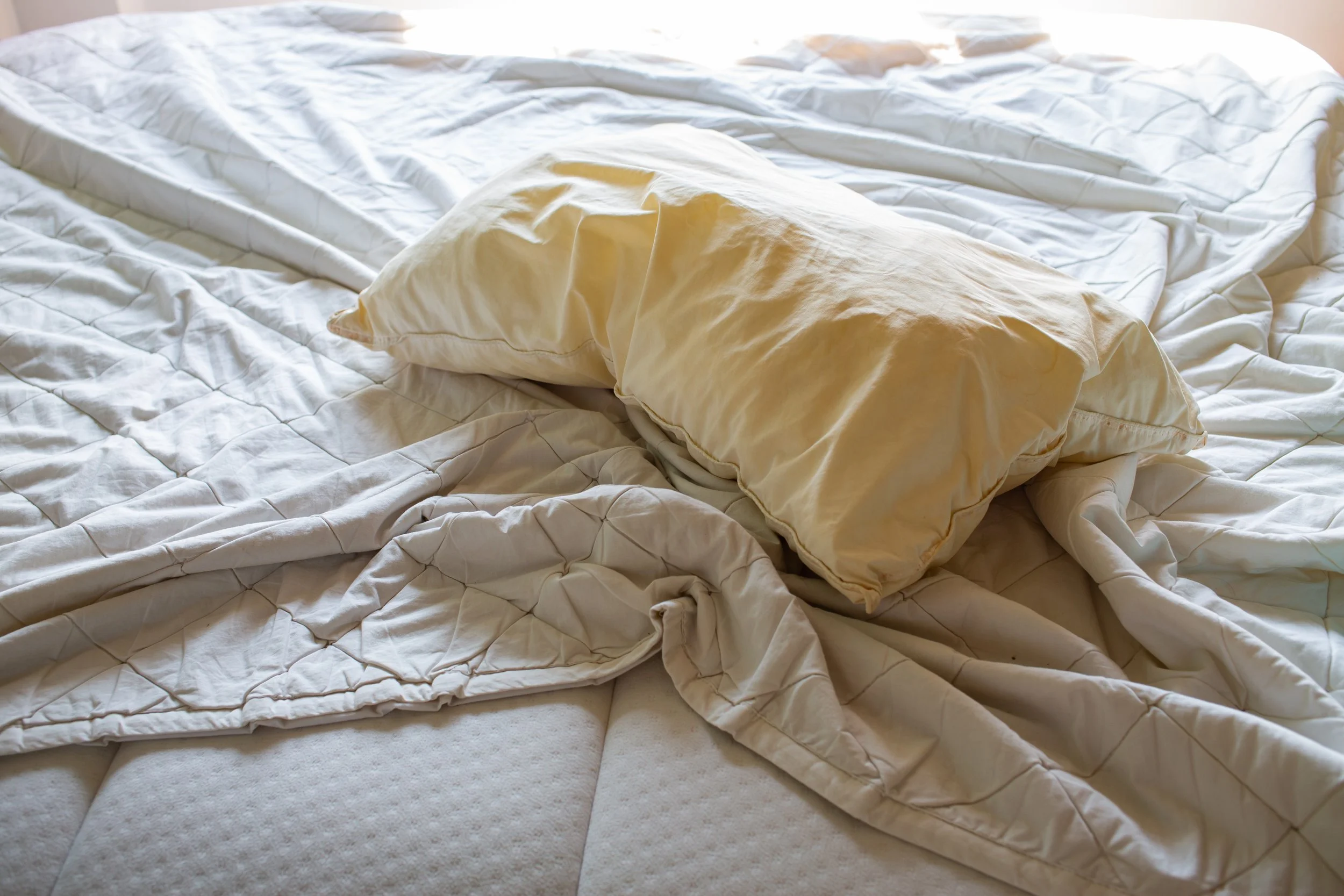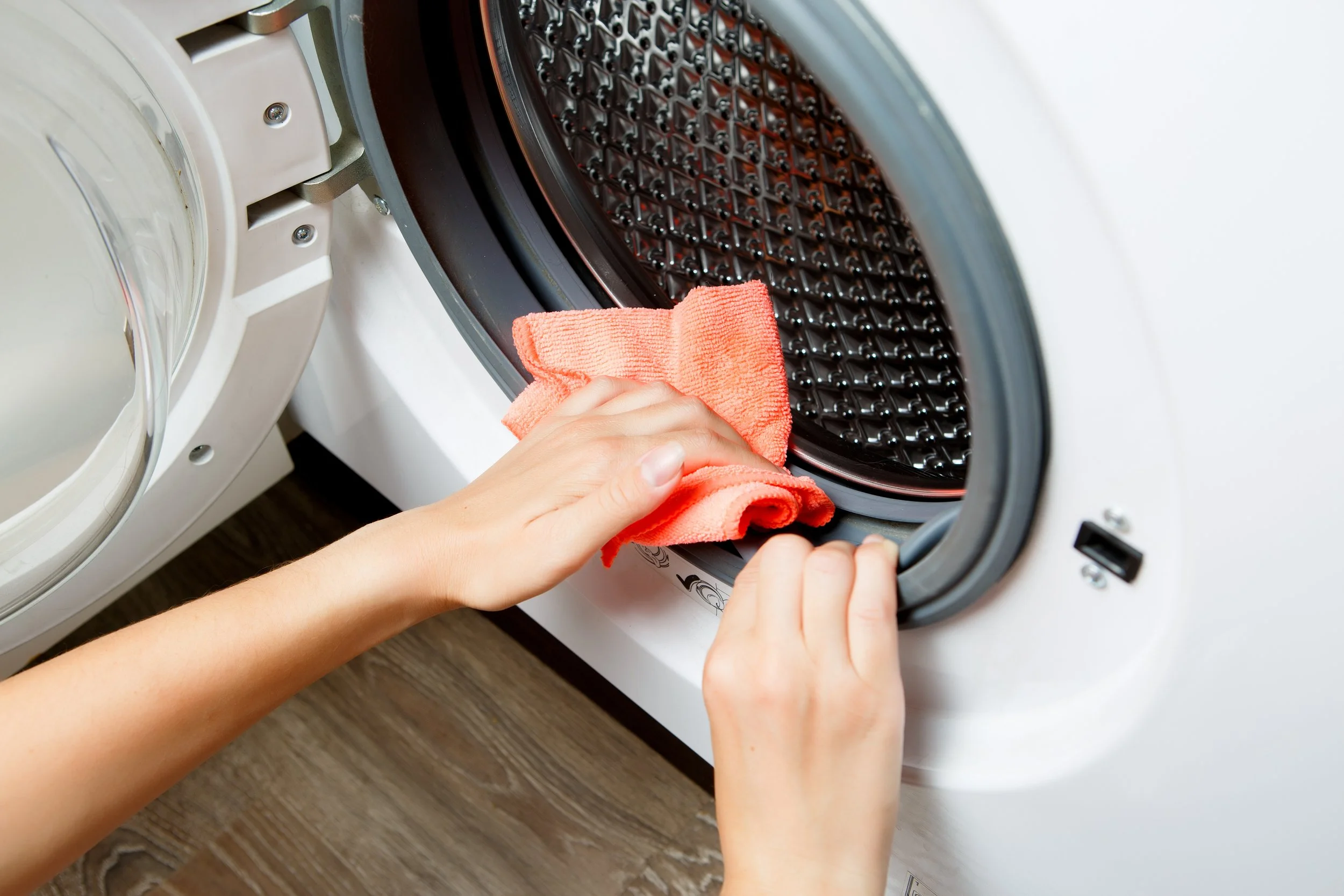If you find yourself using a clothing dryer on a regular basis, chances are you’ve heard about the benefits of dryer sheets. Composed of liquid softeners, lubricants and fragrances, these handy sheets of fabric can help to reduce static cling and odor while increasing softness too.
The question is: how many dryer sheets should you use per load?
Keep reading to find out!
How Many Dryer Sheets Should You Use Per Load?
Dryer sheets are a great way to give your laundry a more professional look and feel, ideal for reducing cling and adding a boost of scent to your freshly washed garments. The amount of sheets you use per load depends on a variety of factors, including:
The amount of laundry you’re drying
How much fragrance you like? More sheets = more fragrance
The severity of cling caused by humidity levels. More sheets = less cling
Whether you have pets that shed, as sheets can help to collect hair from clothes
On most dryer sheet boxes, manufacturers will usually recommend adding one sheet for small to medium-sized laundry loads and two sheets for anything larger. For industrial-sized dryers that you’ll find at your local laundromat in Denver, three could even be more appropriate.
How to Use Dryer Sheets
While using dryer sheets is pretty straightforward, there are a few tips worth noting to make sure you get the most out of each drying session:
After taking your wet clothes or sheets out of the washing machine, give them a shake to clear any wrinkles or obvious folds. This will give them a better chance of drying without drastic creases.
Load up the dryer, then place the dryer sheet/s on top of the laundry.
Avoid overloading the dryer, because the more space your laundry has to move around, the better your results will be (and the faster they’ll dry).
Dispose of sheets after use and make sure to check your dryer filter regularly. Sometimes sheets can get stuck in here, causing expensive damage.
When Should I Avoid Using Dryer Sheets?
Dryer sheets work by transferring oil-based fragrance and softener onto the clothes and sheets swirling around your dryer. Certain fabrics don’t work well with oil products, reducing their functionality or changing the way they feel on the skin.
Here’s a comprehensive list of items to AVOID adding sheets to:
Microfiber or Athleticwear – The coating on most dryer sheets affects the moisture-wicking qualities of workout clothes, microfiber towels, bedding and sports uniforms.
Bath Towels – Bath towels become less absorbent after multiple trips through the dryer with dryer sheets. This is because the oil-based coating builds up on the fibers so the towels will not absorb water well.
Children's Pajamas – Dryer sheets also affect the self-extinguishing ability of flame-resistant clothing. To avoid any risk, avoid using dryer sheets with any children’s sleepwear above size 9 months and up to size 14.
Water-Repellent Fabrics – The chemicals in dryer sheets can cause water-repellent fabrics of raingear, snow pants, and ski jackets to lose their ability to repel water.
What Can I Use Instead of Dryer Sheets?
If you prefer to avoid fabric softener but still want to cut the cling from your laundry, dryer balls are an ideal option. As well as reducing static cling, dryer balls can also smooth out wrinkles before your garments have even hit the ironing board, ideal if you’re short on time.
Learn how to make your own reusable dryer balls on our blog and save money too!
Still got questions about the best laundry methods for your weekly load? Head to our WaveMAX laundromat in Thornton, and our friendly Denver laundry teams are always happy to help. Check out our website for a full range of services.

